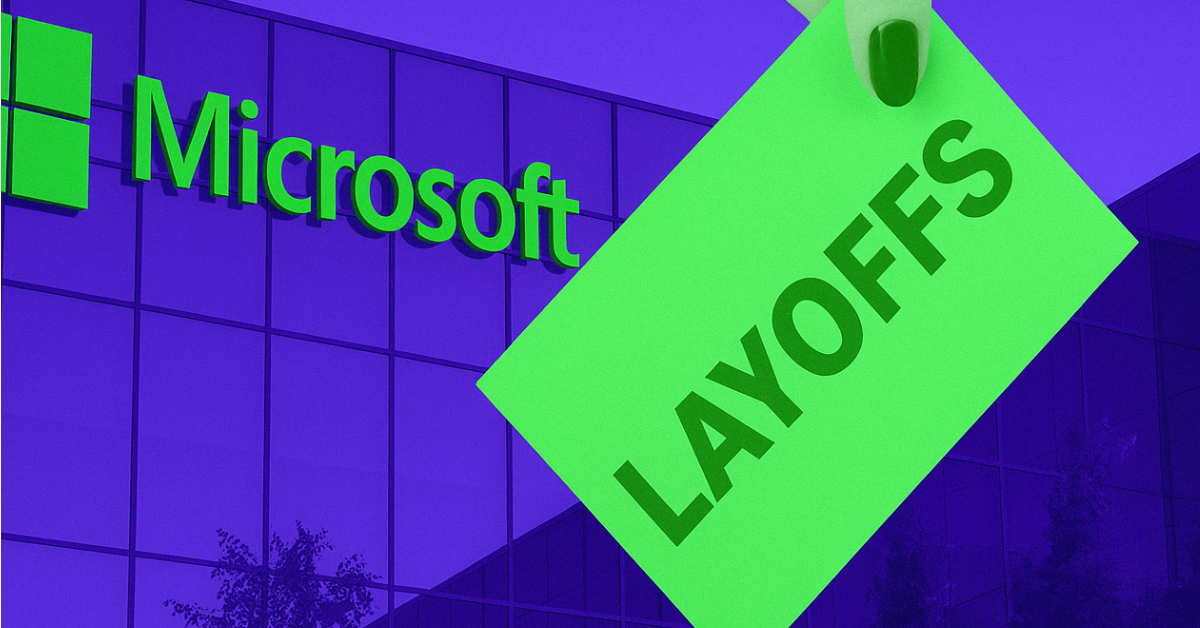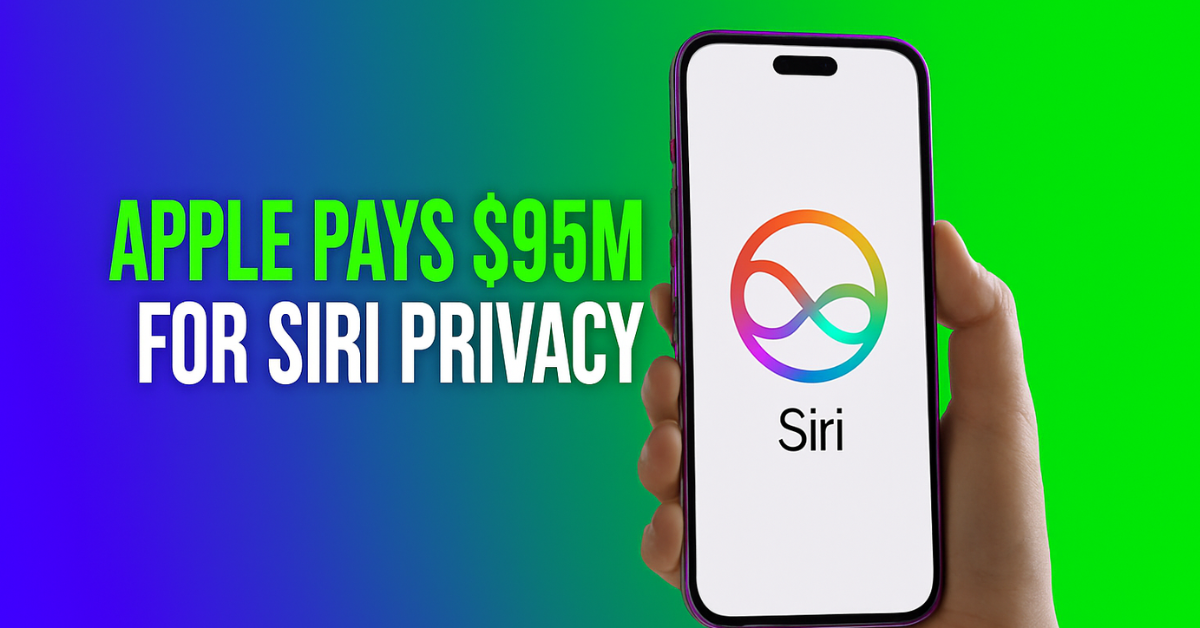Problem Solved: Blockchain Scalability Is No Longer A Barrier To Adoption
One only needs to do a quick Google search to see the apparent extent of the blockchain scalability problem, but the notion that it’s still a major issue isn’t true. In fact, numerous solutions have not only been proposed but also already implemented in real-world scenarios. The fact that scalability continues to be considered an issue is due to the enduring popularity of more established blockchains such as Ethereum and Bitcoin, but many people fail to realize that even these networks have the problem under control. Unfortunately, it seems that many people just aren’t aware of the best solutions to blockchain scalability, or they don’t know how to access them, hence the myth that it’s a problem that still needs to be addressed. But with any luck, that will soon change. Blockchains are decentralized networks that enable users to interact with one another without any central authority. They’re made up of independent nodes that run the blockchain software, with each one having equal rights to every other node in the network. These nodes work together to process transactions and reach agreement on the state of the ledger, using specialized consensus mechanisms. As the popularity of early networks like Bitcoin and Ethereum grew, the scalability of blockchain was indeed a major challenge. As the number of nodes increased and more people started using these networks, they started to experience congestion, and transactions that once took a few seconds would experience delays of minutes, and eventually even hours. It’s not unheard of for some Bitcoin user to wait several days before their transactions are confirmed! It’s not difficult to understand why this happens because Bitcoin’s architecture means it can only process around seven transactions per second. That’s pretty poor compared to Visa, which can handle several thousand transactions per second, and it’s easy to see how a backlog can quickly build up when the network is busy. Ethereum is similarly limited, and there are several reasons for this poor performance. One of the main limitations is the processing power of blockchain nodes. In the case of Bitcoin, which utilizes a proof-of-work consensus mechanism where nodes compete to solve increasingly complex mathematical puzzles, the hardware requirements increase progressively over time. Whereas it was once possible to “mine” Bitcoin using a PC, these days it’s necessary to invest in thousands of dollars worth of high-end processors to be able to compete successfully in the race to process transactions. These hardware problems constrain the transaction throughput of nodes and can also impact Ethereum, albeit to a lesser extent. Because each of the nodes must achieve consensus before new blocks are created, this holds back the network.Another key challenge is the limited block size of Bitcoin and Ethereum. In the early days, Bitcoin block sizes were capped at around 1 megabyte, meaning each block could include roughly 2,200 transactions. However, the network’s architecture only supports one new block being added every 10 minutes, creating a bottleneck as the number of transactions increases. Scalability is still a problem for Bitcoin and Ethereum, but that’s not really the case on newer blockchains that feature optimized architectures. One of the most impressive solutions comes from Aleo, a confidential Layer-1 network that’s focused on enabling private transactions to encourage institutional adoption. It has implemented a combination of zero-knowledge proofs and a novel sharding technique that dramatically increases the number of private transactions it can process. With its ZK-proofs, Aleo is enabling blockchain users to send funds privately to any other user by obscuring the wallet addresses of themselves and the recipients, in addition to the amounts sent. As one of the most sophisticated blockchain privacy technologies, ZK-proofs ensure transactions are completely untraceable. But there’s another advantage to ZK-proofs as well, because by masking many of the transaction details, it means there’s less data for the network to process, reducing the computational load. As a result, transactions can be processed faster.As for sharding, this means dividing up the network into smaller fragments called “shards”, which can be managed by the network more efficiently. In the case of Aleo, this means processing transactions and smart contracts separately, in parallel, to increase the overall throughput. Sharding also provides privacy benefits. Because only one node is responsible for processing certain transactions, the details will not be shared with the rest of the network, only the final outcomes.Aleo isn’t the only blockchain to employ sharding, but the way it handles things is pretty innovative. It utilizes a number of components, with the most critical one being a dynamic sharding mechanism that allows the size and number of shards to be altered based on the current network load. By dynamically creating and merging shards, Aleo provides more flexibility to support massive transaction volumes when traffic increases, at the cost of using more energy. Then, it can scale down during quieter times to save energy.Load balancing is also used to ensure even distribution of the workload among the shards, maximizing the efficiency of nodes, while a cross-shard communication protocol enables them to “talk” to each other and cooperate. There are other components in the mix too, with a distributed validator set that’s shared among each of the shards to prevent centralization and minimize the risk of an attack on each individual fragment. It all adds up to a sophisticated solution that successfully addresses blockchain’s scalability problems while boosting user anonymity, dramatically increasing the performance and security of decentralized applications. This makes it ideal for DeFi use cases, especially. For instance, banking apps need a way to keep their customers’ data private while supporting instantaneous transactions. With Aleo’s network, they can leverage blockchain privately, creating the foundation required for a banking revolution. Aleo’s sharding technique is a significant step forward for blockchain, but it’s not the only solution to scalability woes. Solana is widely considered to be one of the fastest and most scalable blockchains in the business, and it achieves this differently. Solana flips the script in terms of blockchain performance thanks to its unique consensus mechanism, known as “proof-of-history”, which eliminates the need for the complex cryptographic puzzles associated with Bitcoin. The way it works is that Solana’s nodes operate an internal clock, which is enabled by the hashing of sequential events. Each new hash contains the output of the previous hash, creating a chain that links all of the blockchain events in a chronological way, forming a verifiable timeline of events. These events are cryptographically linked to specific moments in time, and they enable dApps on Solana to run in parallel across multiple nodes. It eliminates the coordination overhead of traditional decentralized networks, dramatically increasing its throughput. In a way, the PoH mechanism is similar to a high-frequency clock, making it possible for validators to process transactions locally and concurrently, without needing to reach global consensus each time. Solana’s parallelization is further accelerated by its reliance on GPUs and other powerful hardware, maximizing its transaction speed further. In addition, Solana has developed a customized networking protocol to keep pace with its blazing-fast transaction throughput. It’s called Turbine, and it’s able to propagate confirmed blocks across the network at speeds equivalent to that of a standard memory bus used in personal computers. While Aleo and Solana dramatically increase the performance of dApps on their blockchains, they can’t do much for those that persist on Ethereum and Bitcoin. Fortunately, even these older networks have viable solutions available to them. With the rise of Layer-2 networks, users of these blockchains can take advantage of a method known as “rollups”, where transactions are processed off-chain, on a second network, before being “rolled-up” and posted to the main network as a single, extremely large transaction. This enables many hundreds or even thousands of crypto payments and swaps to be handled simultaneously, without taking up any additional network capacity, thereby providing a swift and elegant solution for scaling blockchain. As an added advantage, the transaction cost a lot less too, as the standard gas fee is split between all of the transactions within a single roll-up. There are numerous Layer-2 networks for both Ethereum and Bitcoin, with some of the most popular being Polygon, Arbitrum, and Optimism for the former, and Lightning Network, Merlin Chain, and Stacks for the latter. Blockchain scalability is still considered to be a major problem preventing the technology’s wider adoption, but with so many solutions already out in the wild, the reality is that slow networking processing times don’t actually have to be an issue. The fact that some users are still suffering with slow and expensive transactions is due to the enduring popularity of Bitcoin and Ethereum. But over time, it’s likely that these problems will disappear as more developers move their dApps to alternative, higher-performance networks such as Aleo and Solana, or L2s like Polygon and Stacks. Such solutions are not just a short-term fix. Rather, they are ingenious innovations that will redefine the usability of blockchain, paving the way for a more scalable and user-friendly future for decentralized networks.

Published on Other News Site














